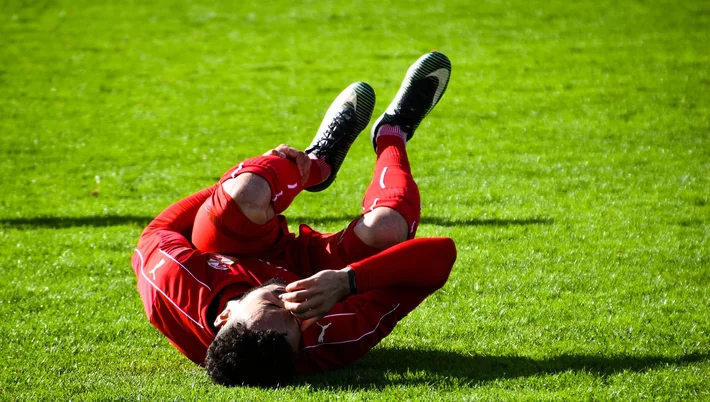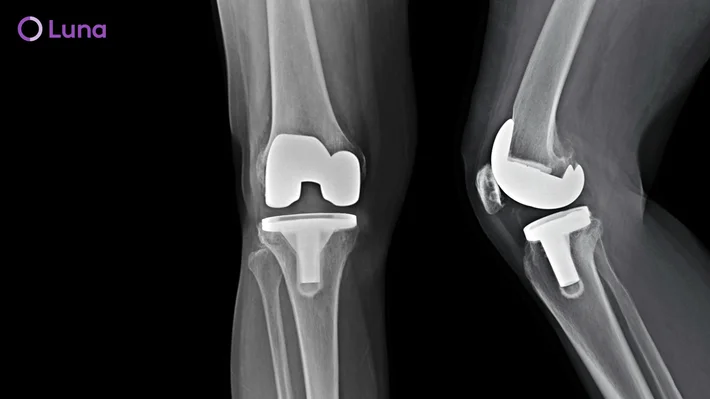
Meet with the best meniscus injuries physical therapists in Centennial Hills, Nevada
Centennial Hills, Nevada, Luna employs Bay Area and Los Angeles-based physical therapists with a wealth of experience in the treatment of patients recovering from meniscus injuries. Our PTs will work with you to create a physical therapy routine that’s tailored to your goals, the severity of your injury, and your personal fitness level. Our goal is to help each and every patient return to their normal activities — just as quickly (and as safely) as possible.
Best of all, our patients can receive the treatment they need right in the comfort of their own homes. Luna’s therapists come to you — it’s physical therapy, delivered.

What is a meniscus injury?
The menisci are the two C-shaped pieces of cartilage that run along either side of the knee, acting as a cushion between the shinbone and the thigh bone. If the knee twists or rotates forcefully, the meniscus can tear, resulting in impaired mobility, swelling, and pain in the knee. Degenerative conditions can also cause (or contribute to) a meniscus injury.
Treatments for a torn or strained meniscus vary. While rest and ice are sometimes enough for the meniscus to heal on its own, some especially severe meniscus injuries may require surgical treatment. Often, meniscus injuries tend to fall somewhere in the middle of the spectrum, and a combination of rest and specialized physical therapy can help the patient to a full recovery.
Source: MayoClinic

What causes meniscus injuries?
Meniscus injuries are almost always the result of a sudden impact or twist in the knee. For this reason, they’re common in contact sports like football, volleyball, and soccer. Meniscus tears also tend to occur concurrently with other knee injuries, such as an ACL tear.
Age is a substantial risk factor for meniscus injuries as well. Because the meniscus tends to weaken with age, older individuals — especially those over 65 — are much more likely to suffer this injury. Repetitive motions or degenerative conditions can also cause the meniscus to wear down over time, leaving it prone to further injury.
The most common causes of meniscus injuries include:
- Sudden impact
- Sudden twisting or changing direction
- Age
- Degenerative conditions

















